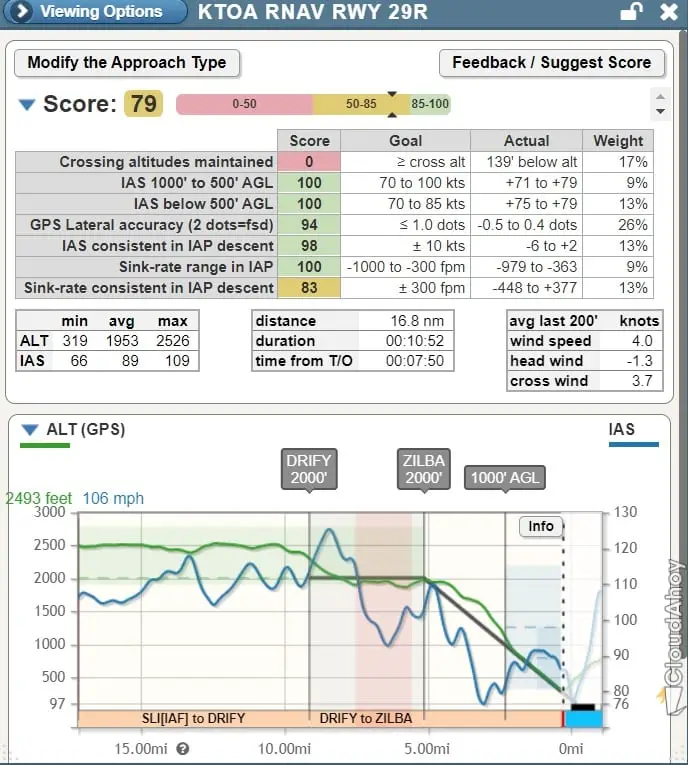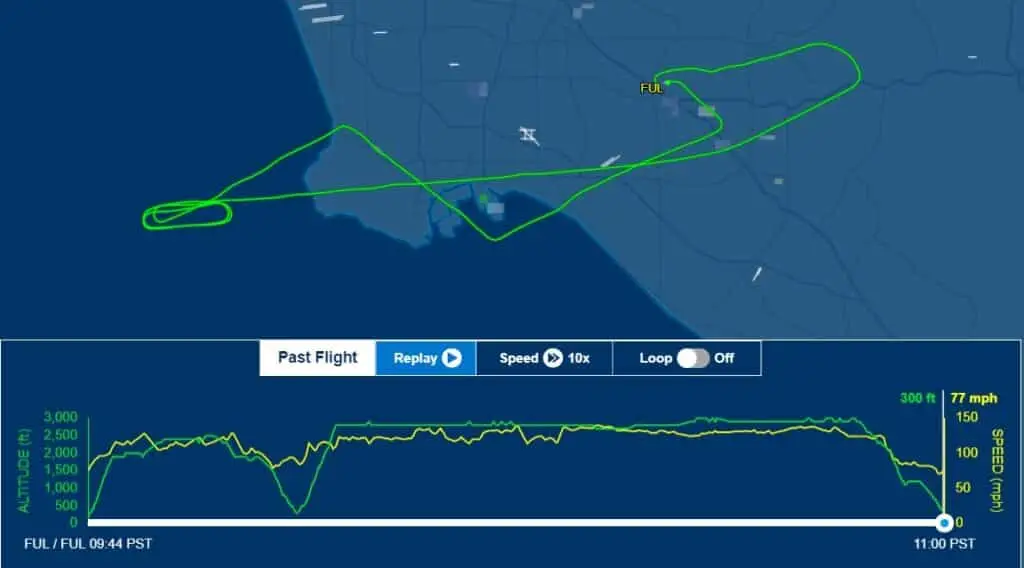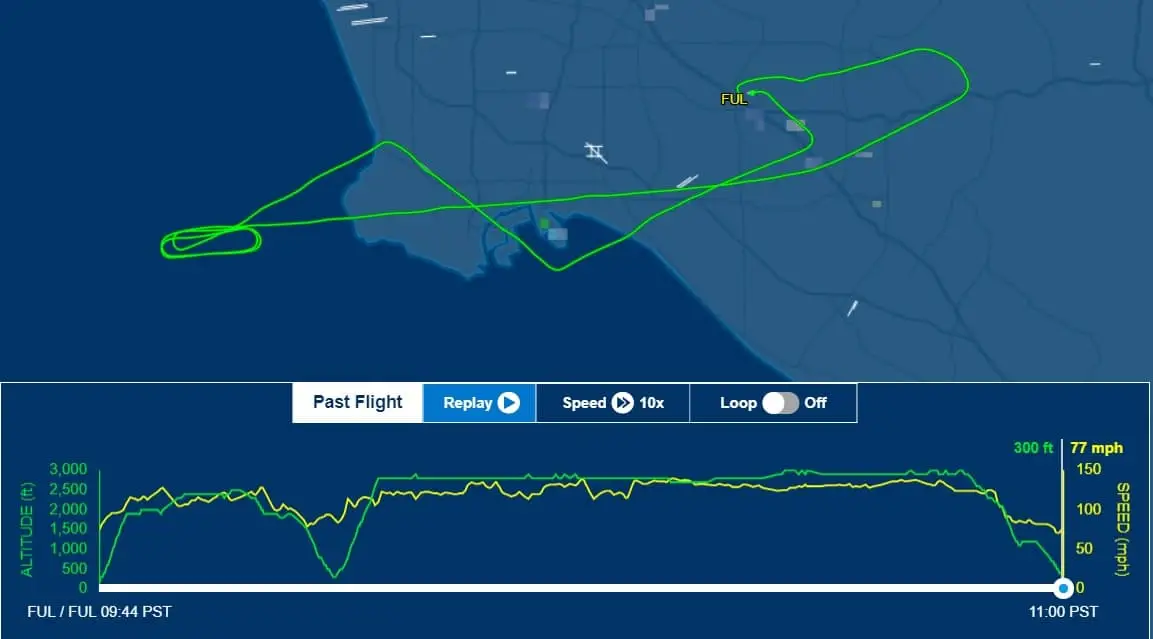My recollection is that the first movie I ever saw in a theater was the first Star Wars. Not the terrible prequel with too much CGI and one of the most annoying characters brought into the Sci-Fi universe, but the one released in 1977, where Mark Hamill plays a young Luke Skywalker who goes from moisture farmer on Tatooine to the hero of the rebellion. Along the way he teams up with the gangster/smuggler Han Solo played by Harrison Ford. During one battle scene as an excited Luke shoots a Tie Fighter and yells “I got ‘im” Solo replies back “Great kid. Don’t get cocky.” I’m still making progress with each flight, but should take to heart Han Solos’ advice.
In sharing these flights I am trying to provide The Good, The Bad, and the Ugly. I don’t want to give an impression that I don’t make mistakes during this training process. I’m fortunate to have a CFII that allows me to make and learn from mistakes , only stepping in when necessary.
IFR training flight number five was Saturday morning, where a thin marine layer gave way to clear skies before time for our 9am flight. On this flight we would once again fly the RNAV GPS approach into Torrance (KTOA) and with the Tower open hopefully be able to fly the complete missed approach and hold.
The LA Basin is crowded airspace which that presents challenges while navigating to stay out of or coordinating through different airspaces. It also provides great opportunities for training. Long cross country trips are not terribly exciting or difficult. Most of the trip involves holding an altitude while flying from one fix to the next fix. Given the distances between fixes there are typically long periods of time without much going on with the radios or changes to configurations. With the proximity of multiple airports in the LA Basin it ensures that there is constantly something happening and often many things happening at the same time, exactly the environment to develop and hone skills.
Consider the flight Saturday morning from Fullerton to Torrance. (The Wednesday evening flight was similar.) The Torrance airport lies about 18 miles southwest of the Fullerton airport. We departed KFUL and turned to a southeast heading of 120°. I put on the foggles and contacted SoCal Approach to request the RNAV GPS approach into KTOA while climbing to 2,000′ and leveling off. By the time we had been handed off to ATC (Air Traffic control) and contacted them we were about 4 miles from KFUL and they began giving vectors to intercept the final approach into KTOA, about 16 miles to the south west. Along the way we were listening to ATC for new instructions, possibly a new heading or altitude change for conflicting traffic, while also monitoring the second radio to get the ATIS (weather and information) at Torrance. On this flight they did have an altitude change for us which required climbing and leveling off while still trying to maintain the heading and paying attention to where you are in relation to the approach.
We intercepted the final approach course about 10 miles from KTOA and I tried to fly the correct heading and intercept the glideslope while getting handed off to the Torrance tower and communicate with them. As I said, there is a lot going on, which makes for a great training environment.
Getting back to Han Solo’s advice… On Wednesday I did well on the approach, on this flight not quite so much. In my efforts to stay on heading and glideslope I missed that we were approaching and passing the FAF (Final Approach Fix ) 5.1 miles from the runway. I should have had my gear down and configured for landing before crossing the FAF, but I didn’t on this flight. By getting my gear and flaps in late I was behind the plane the rest of the approach. While on Wednesday I scored a 96 on the approach, for this attempt I only scored a 79 out of 100. The biggest mark against was missing the crossing altitude at the FAF. You can do things wrong flying IFR, but one you never want to do is be below an altitude restriction, those are there to keep you from running into things… The other mark was for the sink rate which was excessive due to putting out my gear and flaps late, causing me to be too high, and then reducing power to increase sink rate and try to recapture the glideslope.

As we approached the DA (Decision Altitude) I added power and began to fly the missed approach. As I began cleaning up the plane, retracting the gear and flaps, I failed to maintain the runway heading and drifted left over the parallel runway, 29L. Another item in the “don’t ever do this” category would be drifting over a parallel runway as that presents the risk of a traffic conflict if there are planes using the parallel runway. There was no other traffic at the moment and my CFII was busy directing my attention to correcting my heading and getting back where I belonged when the tower made sure we were aware of what we were doing. I went back and pulled the archive of the Tower audio just to be sure I heard what I thought I heard. At the time I had my hands full and my CFII was working the radio so I wasn’t quite sure the conversation went the way I remembered it, but it did, and the Tower’s choice of words were amusing.
Tower: “Mooney eight-seven-eight, you need to keep in your own lane sir, you’re overflying runway two-niner left.”
CFII: “Yeah, we’re correcting, eight-seven-eight.”
Tower: “I could have traffic, luckily right now I don’t have any traffic.” (A gentle reminder that I was really messing up.)
CFII: “We’re correcting, sorry about that, eight-seven-eight.”
Tower: “Eight-seven-eight, contact SoCal Departure on one-two-four point three.”
Every now and then you hear something different from ATC. He could have just said that we were over 29L, but the “Keep in your own lane” comment while not funny at the time makes me smile now.
Departure cleared us through the Bravo Airspace direct to the holding fix and we flew three trips around the hold before heading back east toward the Seal Beach Vortac and then vectors to join the RNAV GPS approach back into KFUL.
Once intercepting the final approach course into KFUL, just as earlier on the approach into KTOA I did not get my gear down and configured before crossing the FAF which had me behind the plane again. They were still using runway 06 at KFUL and before we reached the MDA KFUL Tower had us begin circling to the north to join a left downwind for 06 because he had departing traffic. My CFII took control of the plane so I could remove the foggles before giving me control back to complete the flight.
The learning process continues, and while I felt I was able to do more on the radios while flying there were also still points that my mind hit the saturation point as evidenced by losing track of exactly what point I was at on the approach and not getting the plane configured prior to crossing the FAF. Flying the hold was not difficult (the GPS in the panel makes it easy), but I have more things to work on during the next flight.



